Cost driven green kaizen
2017 – 2018

Project time: 2015 – 2016
Budget: 473 700 kr
Funding: SIP Produktion2030
The project reached its purpose and goal since the proposed demonstrator show ed that w ell-being can be measured digitally in an easy and relevant w ay (in real-time). Well-being w as considered to be the combination of environmental data and bio data (arousal, heart rate etc) i.e. in a short-term perspective. Many possibilities w ere seen e.g. that it is flexible and can be connected to many different types of devices and can increase the aw areness of w ell-being on a w orkplace. Weaknesses w ere that it is difficult to interpret data and that personal integrity needs to be considered.
The demonstrator is mobile in its presentation which means that it in theory can be tested in industry today. More studies are how ever needed to measure individual w ell-being and to set threshold values.
The project has follow ed the suggested w ork packages. Four techniques w ere tested in 13 lab-experiments and 5 user studies. The evaluation of the devices had the follow ing criteria: relevance of data, industrial application, real-time use and general usability and resulted in picking on of the devices. The device collected several types of data, w as easy to use and w as considered reliable. The demonstrator w as presented and evaluated at a w orkshop the 20th of January.
2017 – 2018

2014 – 2017
RemProLife aims at improving the use of life-cycle information to achieve more efficient remanufacturing from economic and ecological perpectives.
2013 – 2016
2014 – 2014
2015 – 2017
2016 – 2018
2017 – 2020
2016 – 2017
2014 – 2017
2014 – 2017
2017 – 2018
2017 – 2018
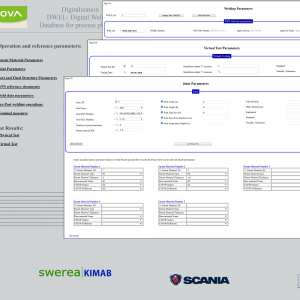
The project wants, by designing installation-friendly products in VR, to show improved ergonomics sometimes by installers, increased automation with the help of collaborative robots.
2019 – 2021
2013 – 2016

Tooling constitutes a significant part in the economical investment of the hot stamping process. Significant benefits in production economy and environmental benefits can be attained by improving the tribological performance in hot forming operations of automotive components. The main idea of this project is to create tailored tool surfaces on dies made from cheaper and easier to manufacture tool steel for the hot stamping of ultra-high strength steels.
2015 – 2018
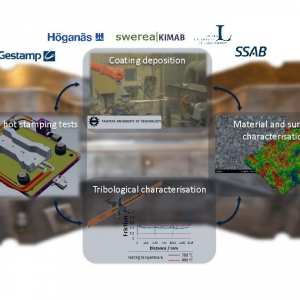
2015 – 2016
2016 – 2016
2015 – 2016
2015 – 2016
2013 – 2016
2017 – 2019
2017 – 2018
2016 – 2019
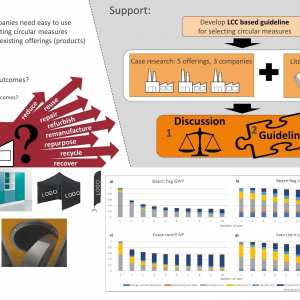
2014 – 2017
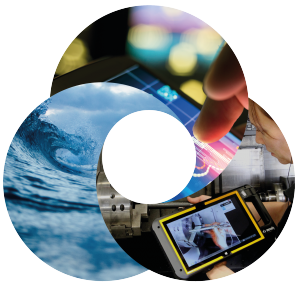
2015 – 2015
2016 – 2018
Every manufacturing company measure and control production performance with a system of KPIs. The aim of the SMART-PM project is to investigate and demonstrate new ways of collecting data, transforming data to information and introducing new decision tools based on valid information and economic models of the production systems.
2018 – 2020
Increased sustainability and cost effectiveness through improved strategic decision-making in production issues based on new metrics system for production and development.
2015 – 2017
2014 – 2017
2017 – 2018
With globalization and other megatrends as demographic changes and climate change, more knowledge is needed regarding production in an international perspective. PADOK Study Visit in India 2016 have given an increased knowledge regarding how production is conducted in India, some of the challenges producing companies in that region is facing and how Swedish companies interested in investing in production in India could act to establish themselves in the region.
2016 – 2016
2015 – 2016
2015 – 2016
2015 – 2018
2015 – 2016
2017 – 2021
2015 – 2016
2016 – 2016
Reduced lead times and improved performance for tooling through innovative manufacturing and assembly strategies as well as optimised design enabled by use of additive manufacturing (AM).
2016 – 2018
2013 – 2017
2017 – 2018
2015 – 2016
2017 – 2018
2015 – 2016
2014 – 2017
The project focuses on economic and environmental sustainability and increased industrial competitiveness.
2017 – 2018
2016 – 2017
2017 – 2018
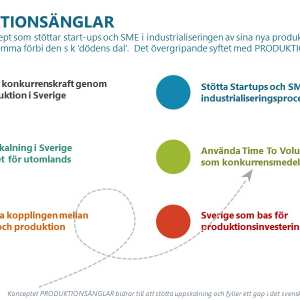
2016 – 2016
2015 – 2015
2013 – 2017
2015 – 2016
2016 – 2016
2014 – 2016
2017 – 2018
2014 – 2018
The SAPPA project is about innovative cloud-based predictive and preventive maintenance systems, improving availability of products and production systems.
2014 – 2016
2017 – 2020